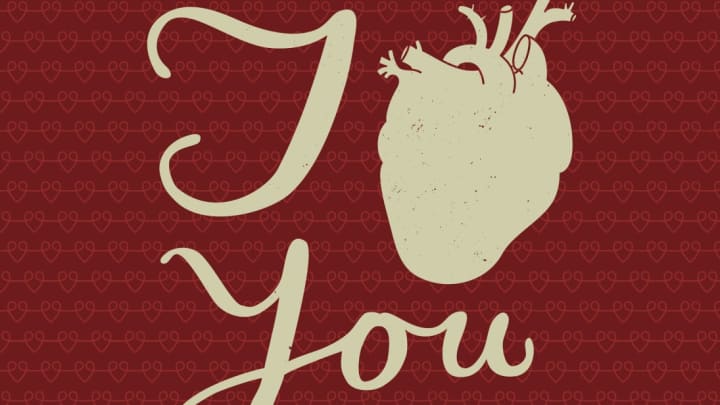Love is in the air this month, and images of two-lobed hearts are all over everything: candy, cards, decorations, you name it. That the heart is symbolic of love and passion isn't surprising—ancient Greek and Roman thinkers, including Aristotle, thought the organ was the center of all emotions. Why the heart symbol you see everywhere in February doesn't look anything like an actual human heart, though, is a little less clear.
The symbol goes at least as far back as the 1400s, when it appeared on European playing cards to mark one of the red suits, though it may even be older than that. The shape is pretty much a mystery, though. There are a few different hypotheses to explain it, but none of them have been confirmed.
One suggested origin for the symbol is that it comes from the ancient African city-state of Cyrene, whose merchants traded in the rare, and now extinct, plant silphium. The plant was used to season food, but doubled as a contraceptive. A silphium seedpod looks like a valentine's heart, so the shape became associated with sex, and then with love.
Another possibility is that the shape is a crude representation of a pubic mound, the vulva, a pair of breasts, buttocks, or a pair of testicles. It may even have come from a poor attempt at drawing an actual heart. A lousy artist, an inaccurate description of the subject, or a malformed model all could have led to that shape.
The Catholic church explains the symbol as coming from a vision that Saint Margaret Mary Alacoque had, where the "Sacred Heart of Jesus"—associated with love and devotion by Catholics—appeared in this shape surrounded by thorns. But Alacoque didn't have this vision until the late 1600s, well after the symbol was already documented. This makes it the unlikeliest of origin stories, but the church's frequent use of the shape was probably a driving factor in popularizing it as a symbol of love.
This story originally appeared in 2012.
